BORN and raised in England, Humera Malik admired the power of words from an early age.
The US-based elementary school teacher has turned that love for reading into a writing passion that has led to her writing a newly published children’s book, The Great Henna Party. The beautifully illustrated book, meant for young readers of all backgrounds, aims to bridge cultural divides, while promoting diversity and inclusion.
With two more picture books on the way with strong south Asian characters, Eastern Eye caught up with the talented writer to discuss children’s literature and the importance of representation.
What first connected you to creative writing?
Reading. My mum would take my sisters and me to Chorlton Library regularly when we were children and I still remember devouring my books in a single day. Each book was a new adventure, full of new characters and stories. I would re-read my books until it was time to return them to the library. If I read an interesting phrase or came across a new word, I would jot it down in a journal I kept.
What led you to write a book for children?
Seeing yourself as the main character of a story can be profound in increasing your self-esteem, and pride in your heritage and beliefs. Growing up, I never really saw myself – an Asian girl from a Muslim household – reflected in the pages of books in my library. I thought about this again when I had children; I didn’t want them to have to wait as long as I did to see themselves in books. So, I decided to write those books for them.
Tell us more about your new book?
The Great Henna Party is a colourful celebration of south Asian culture.
Noor, our protagonist, is attending her first henna party for a bride-to-be, and wants to hide the name of someone she loves in the henna she has painted on both her hands.
The trouble is, she can’t decide on a name. As the party unfolds, she sees the family’s love surrounding her. From streamers and fairy lights that hang all around her, to the samosas and ladoos they prepare, to the traditional mehndi songs they sing.
By the end of the evening, she has found a creative solution to her problem.
What inspired the story?
I took my daughter to her first henna party when she was just five years old. I watched her as she looked around with wide eyes, taking in all the colour, music, food and frolic. I was reminded of the times I had attended mehndis as a child and wanted to bring that magic to other children, both desi and otherwise.
Why was it so important for you to write a book showcasing south Asian culture?
It’s a core part of who I am as an author, both for my south Asian audience and for other readers too.
When children read books featuring a protagonist who doesn’t look like them, yet they have a lot in common with, that’s when perceptions change.
So, for those children who don’t know many south Asians, I hope they will read books like The Great Henna Party and realise that we have many similarities, and our differences should be celebrated, not feared.
And for south Asian children who see themselves as different, I hope The Great Henna Party will give them a sense of pride in their amazing culture.
How important is it to have south Asian protagonists in a children’s book?
A couple of years ago, I came across a statistic that even animals are better represented in children’s books than Asian characters. Can you believe that? Twenty-seven per cent of children’s books have an animal as a protagonist; only seven per cent have an Asian main character.
Though that has improved in the last couple of years, there is still a lot of work to be done.
Tell us about the great illustrations?
Aren’t they stunning? Sonali Zohra is the wonderful artist, and I couldn’t be happier with how she brought a henna party to life through her illustrations. Her art captures the wonder and colour of south Asian celebrations as seen through the eyes of a child.
Is there a key message you want to convey?
Noor lives here and not in south Asia, so she’s what some people call a ‘third culture kid’. She may not speak her native language very well, nor does she know all the traditional songs by heart, but that is nothing to be ashamed of, and this is a key message for parents.
Our kids are not ‘less’ in any way because they are of two worlds. In fact, they are more. The Great Henna Party acknowledges this fact and observes Noor’s love for her desi culture and identity.
What, according to you, makes for a great book for young readers?
I think the best children’s books are those that elicit emotions. Be it the warm, gooey feeling of being loved, or loud, guffawing joy. Of course, the illustrations are an important factor too.
What advice would you give parents who were selecting a book for their children to read?
I think it is important that parents expose their children to many different viewpoints and experiences through books.
Children need books that act as ‘windows’, through which they can see a different perspective.
It is important to teach children kindness and acceptance. Children also need their books to act as ‘mirrors’, so they see themselves reflected back to them. This builds a sense of self-confidence in themselves.
What inspires you?
More than anything, I want Asian children to know their incredible self-worth. Often, kids have anxieties that hinder their development, but stories can help address them, be it about how they look, or how they might be different.
As a mother of young children myself, I am inspired to continue to write for them, to answer their questions, and to help them grow into the kindest and most self-assured people possible.




















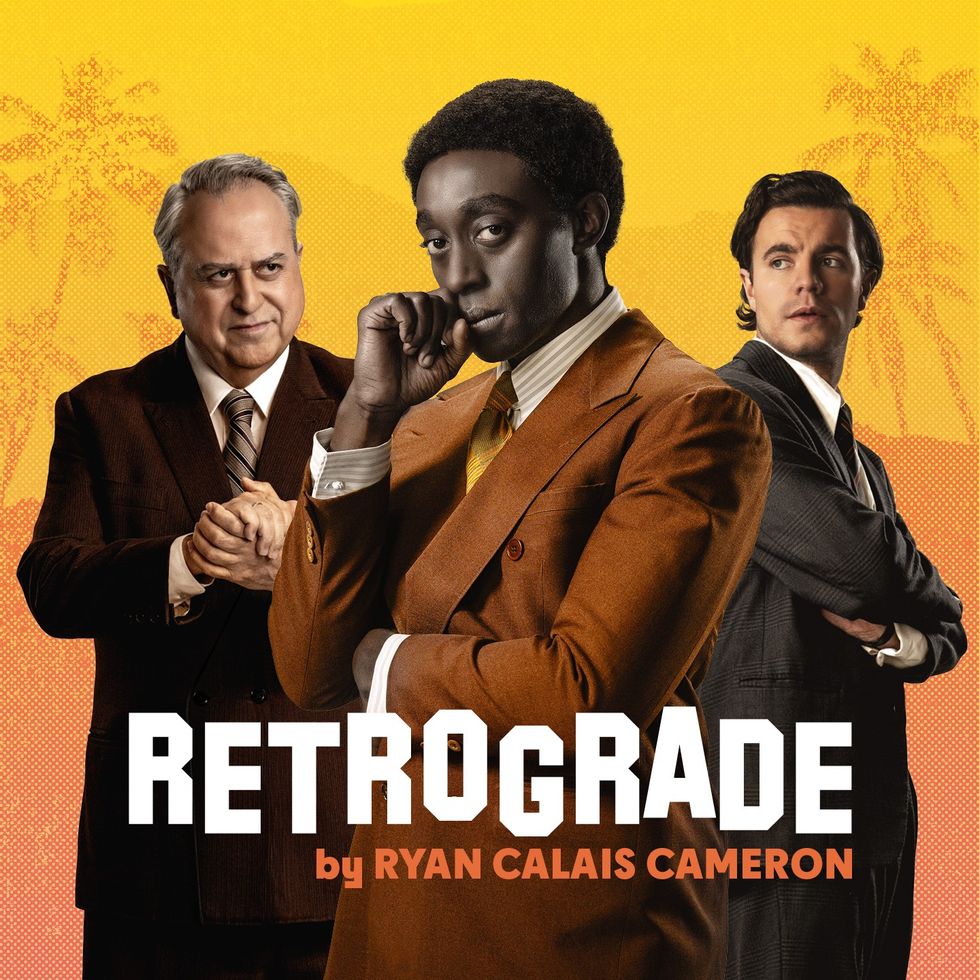 A poster of the play
A poster of the play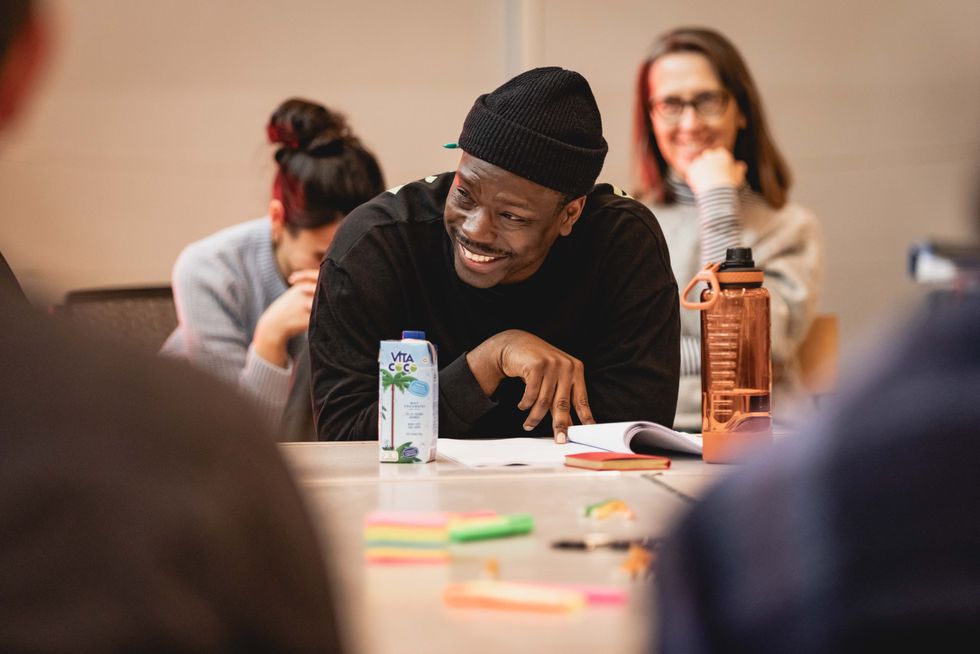 Ryan Calais Cameron
Ryan Calais Cameron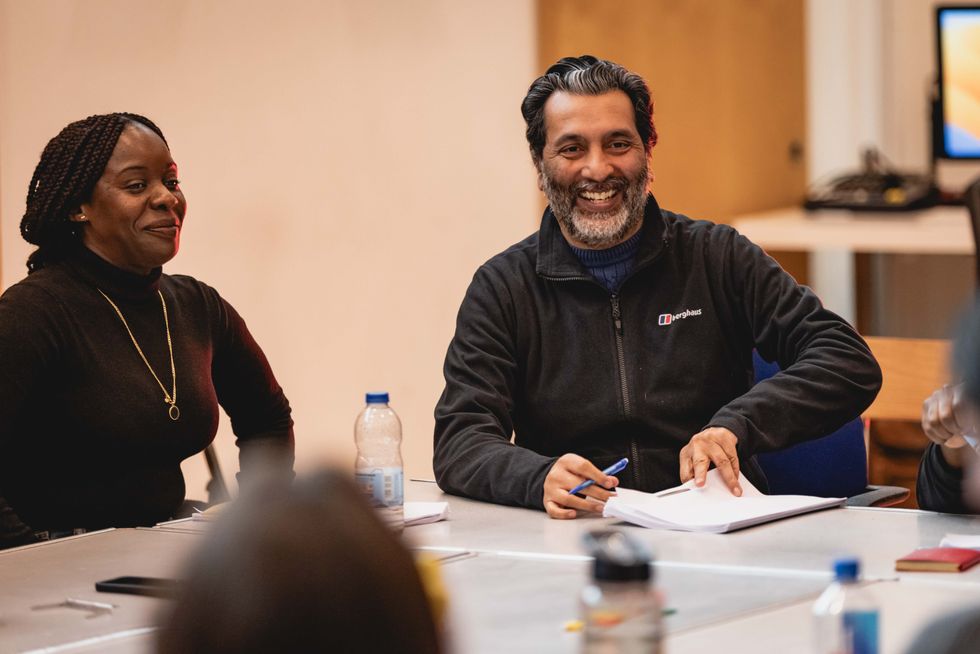 Amit Sharma
Amit Sharma
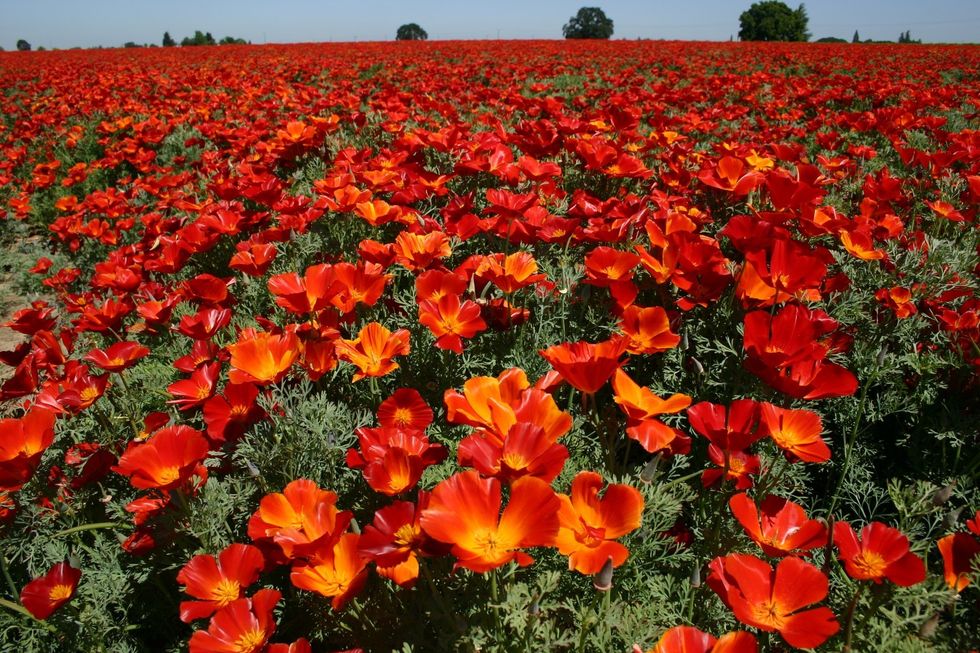 Eschscholzia californica Red Chief
Eschscholzia californica Red Chief Aralia elata
Aralia elata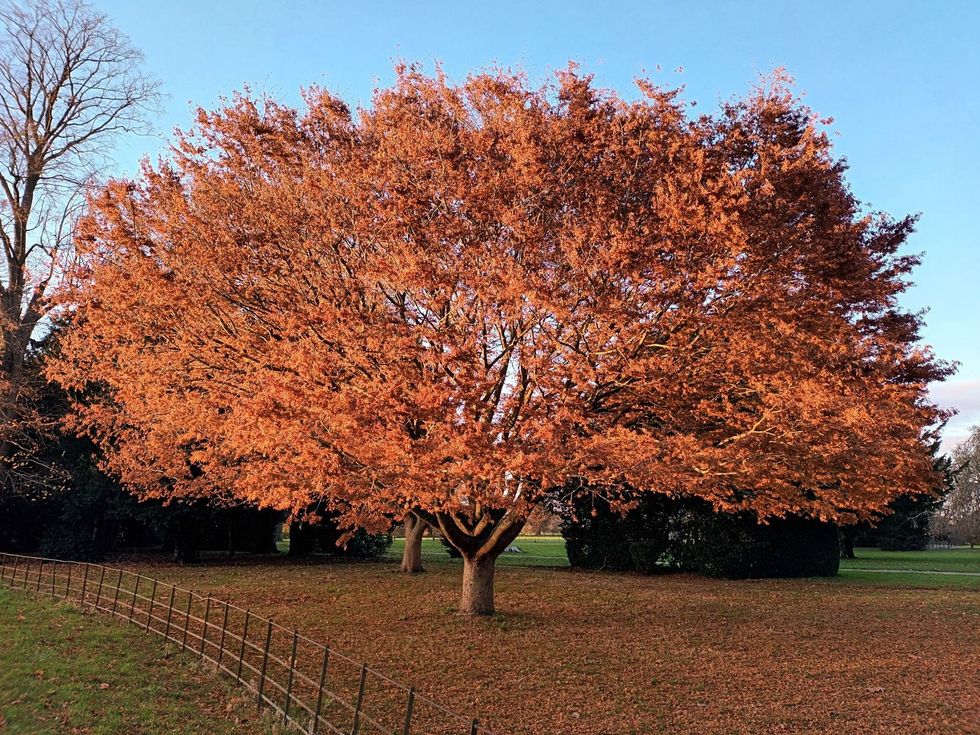 Zelkova serrata
Zelkova serrata ‘Tackle HIV Stigma Garden’
‘Tackle HIV Stigma Garden’
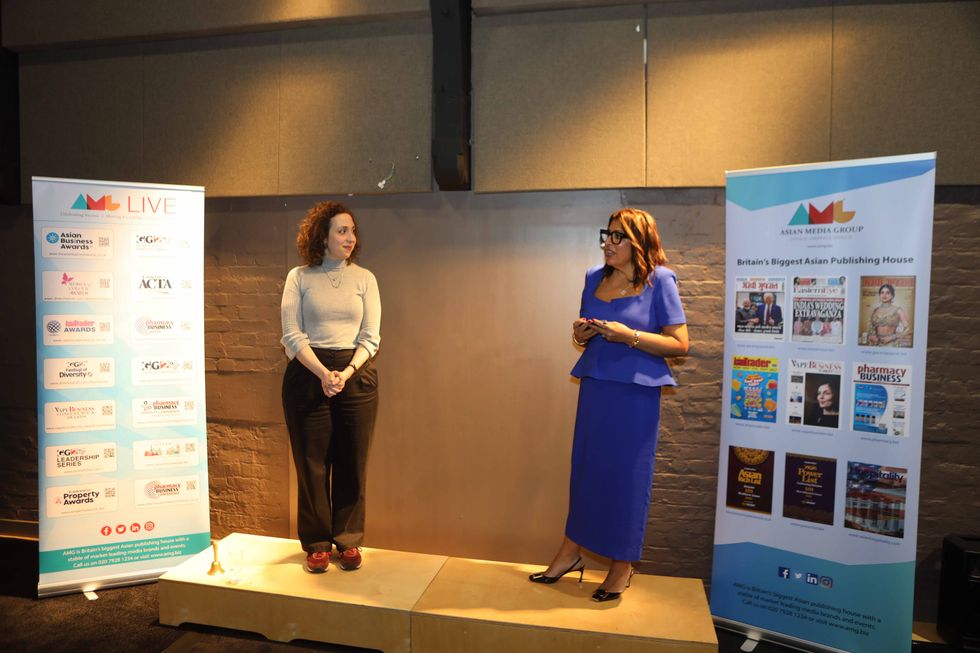 Pavita Cooper interviews Lilac Yosiphon at Old Vic Theatre
Pavita Cooper interviews Lilac Yosiphon at Old Vic Theatre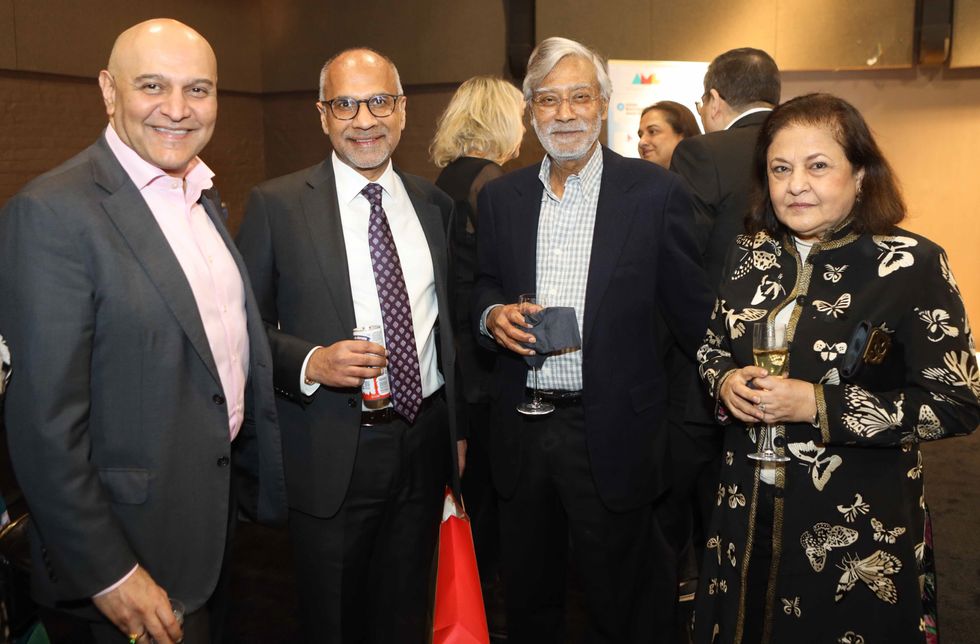 Dr Nik Kotecha, Shailesh Solanki, Rohit and Kalindi Chandaria
Dr Nik Kotecha, Shailesh Solanki, Rohit and Kalindi Chandaria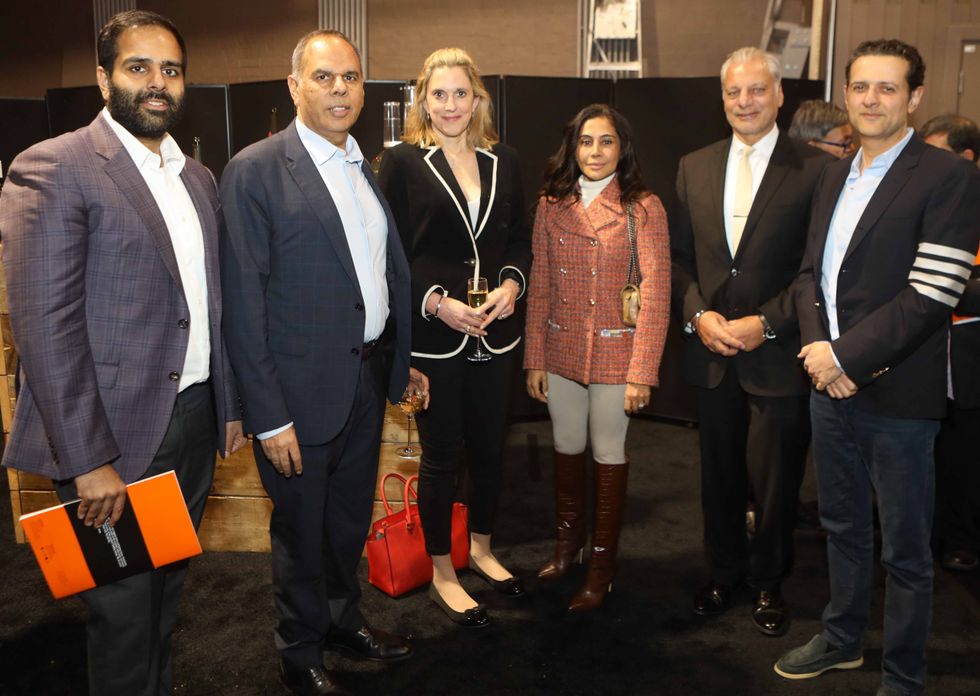 Aditya Solanki, Kalpesh Solanki, Elizabeth Hitchcock, Milan Khosla, Tony Matharu, and Rishi Khosla
Aditya Solanki, Kalpesh Solanki, Elizabeth Hitchcock, Milan Khosla, Tony Matharu, and Rishi Khosla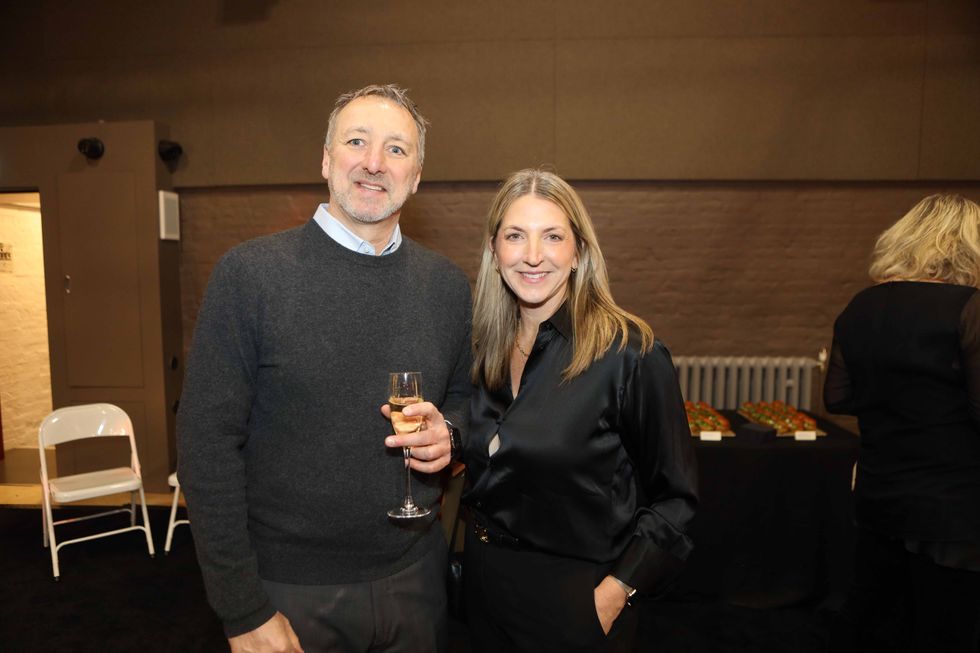 Scott and Diane Digangi Trench
Scott and Diane Digangi Trench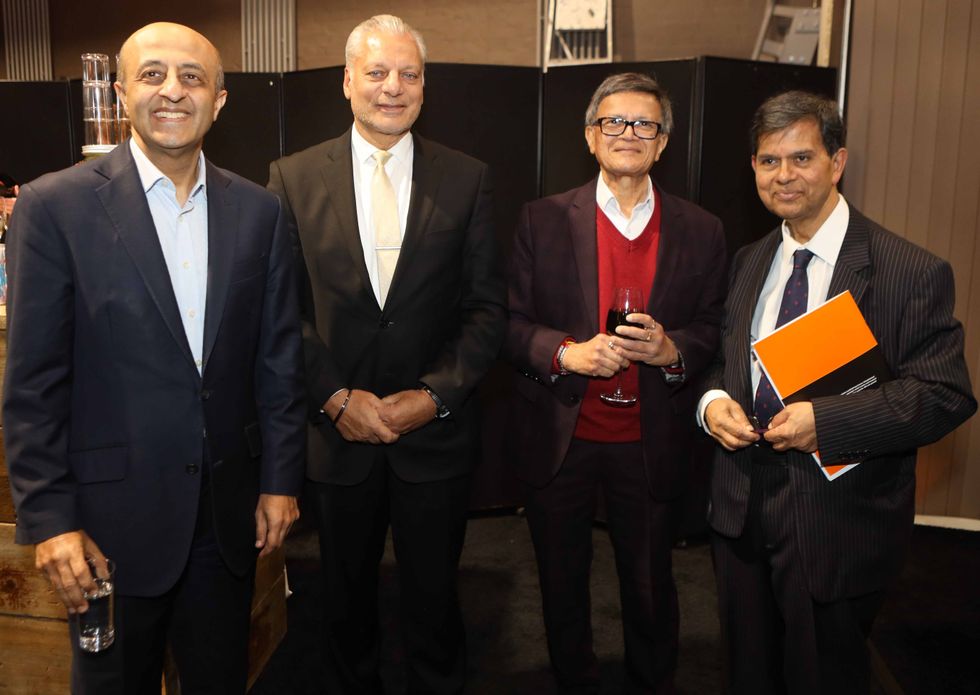 Lord Jitesh Gadhia, Tony Matharu, Bharat Shah and Amit Roy
Lord Jitesh Gadhia, Tony Matharu, Bharat Shah and Amit Roy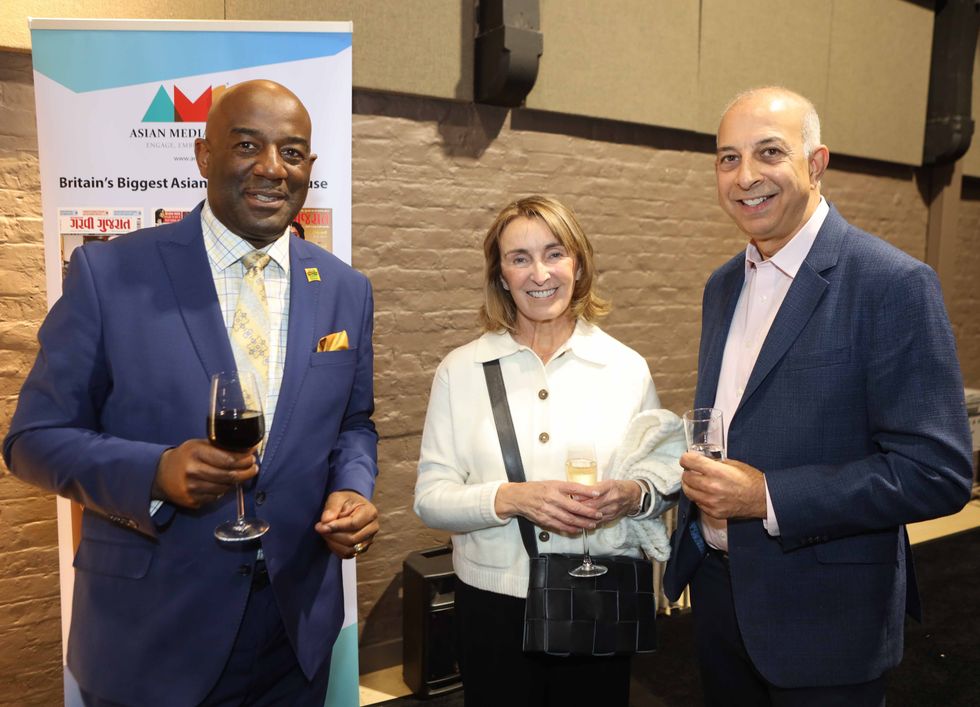 Paul Harrison, Lady Gill Kalifa and Sir Ron Kalifa
Paul Harrison, Lady Gill Kalifa and Sir Ron Kalifa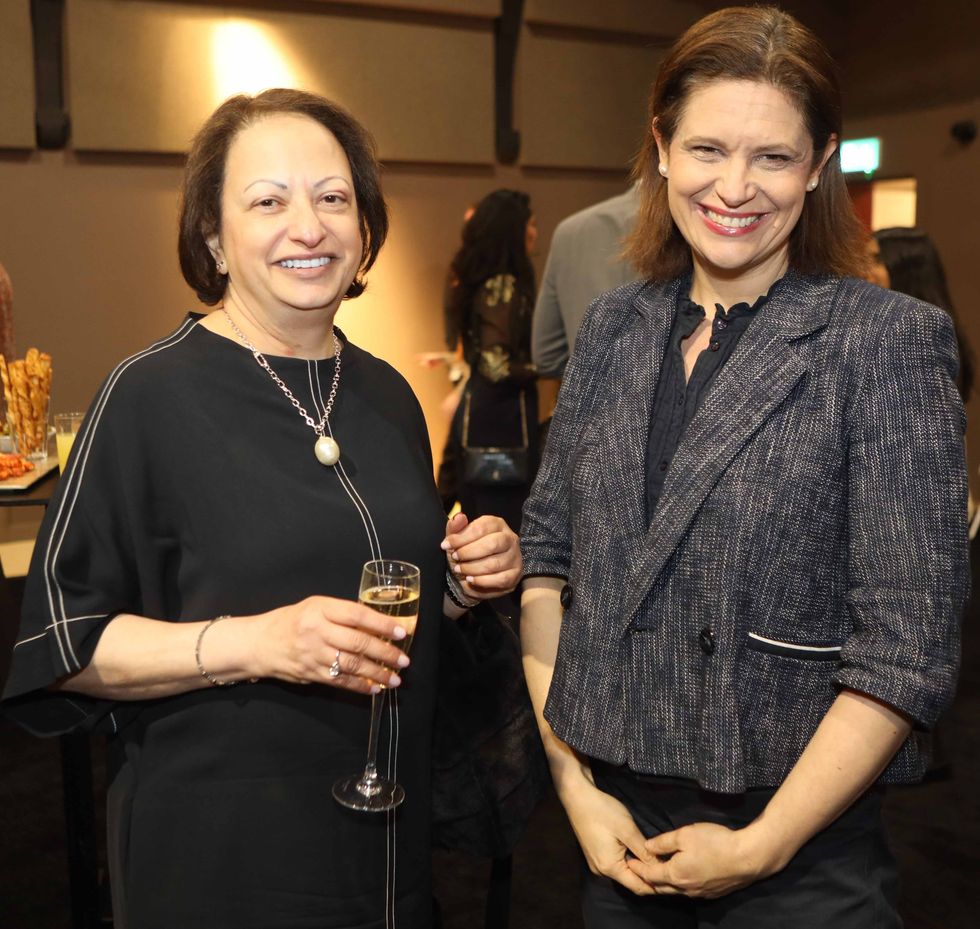 Zarin Patel with Laura Stevenson
Zarin Patel with Laura Stevenson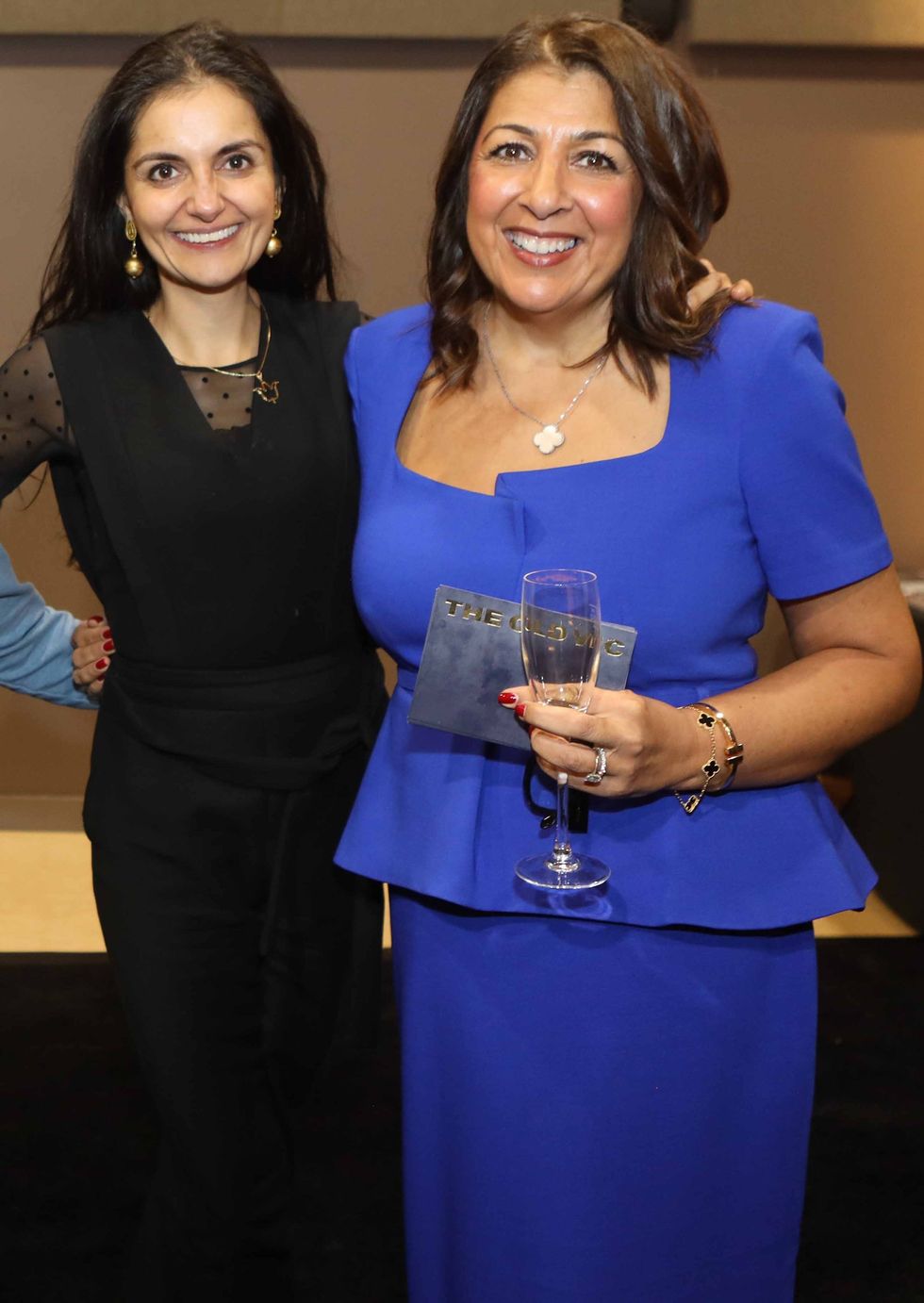 Rupal Kantaria with Pavita Cooper
Rupal Kantaria with Pavita Cooper